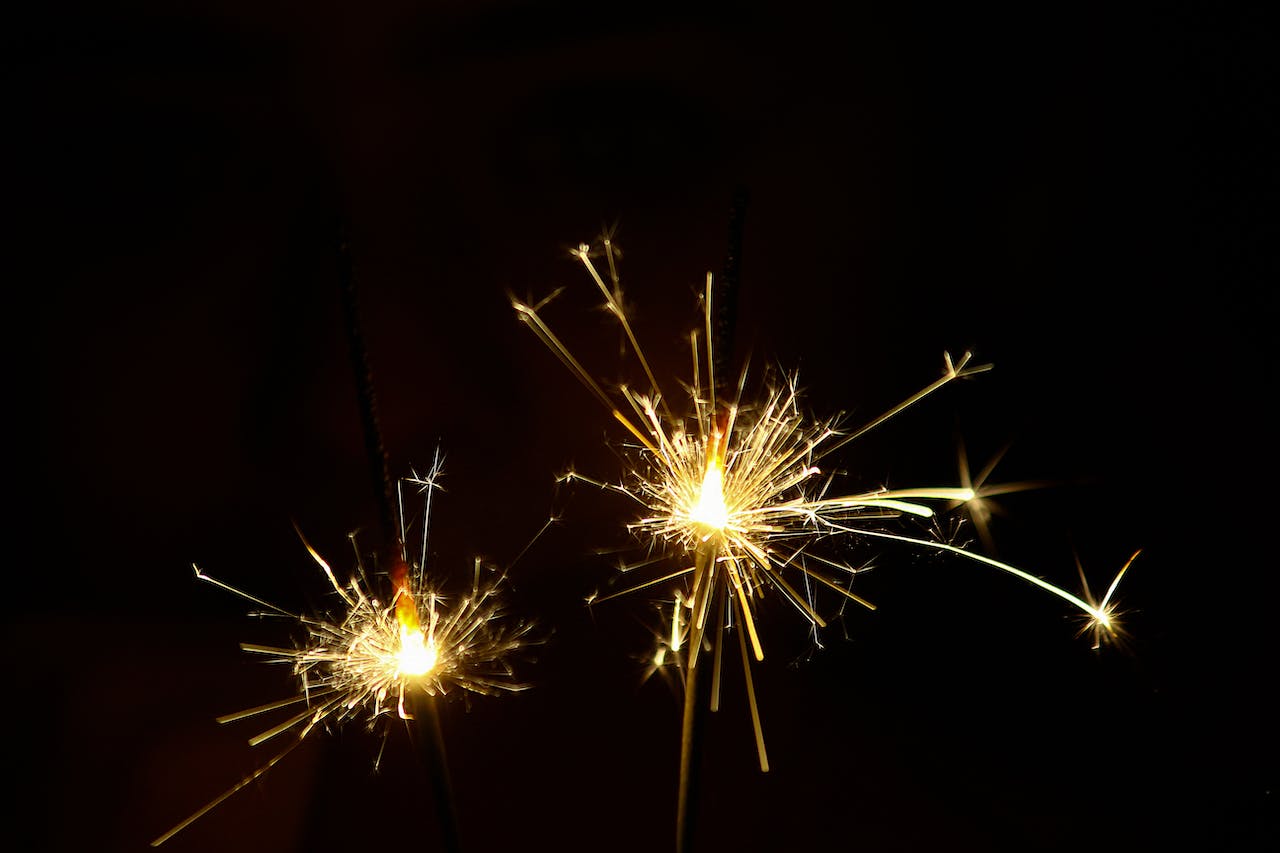With Halloween gone, and bonfire night fast approaching this weekend, health professionals and blogs start discussing how to best cook a turkey to prevent food poisoning, reheating food and other health advice ready for Christmas. But we’re not there yet! Bonfire night, even when practiced safely, can come with significant health risks, namely from burns, explosions and naked flames. This is even more prudent when it comes to conditions in the atmosphere which can increase the risk of burns like wind or gusts. The amount of emergency visits has been known to go up dramatically over bonfire night weekend, so it’s worth not overlooking the dangers of all the fun stuff – fireworks, sparklers and other treats.
The number of people visiting the burns advice page on the NHS website increased by a quarter (27%) over the last, and average, Bonfire Night weekend. Figures from NHS England show the burns and scalds advice page received an average of 8,208 visits over the fireworks weekend – equivalent to one visit every 21 seconds. The number of visits is up from an average of 3,241 per day for the rest of the year, based on figures from the previous two years (2021 and 2022).
"While Bonfire Night is a great opportunity to celebrate with friends and family, we want everyone to enjoy it safely and so it remains vital to take great care around fireworks, fires and sparklers and to ensure that children are properly supervised at all times” stated Dame Ruth May, Chief Nursing Officer for England. She continued, “we see a significant increase in visits to the burns page on the NHS website over the weekend of Bonfire Night and we’d encourage people to follow RoSPA’s advice on firework safety to stay out of harm’s way. The NHS website also offers information on the prevention and treatment of burns, as well as first aid measures, for anyone who needs it.”

The firework code, from multiple fire safety websites and departments, has helpful tips to keep safe while you enjoy the fun
Only buy fireworks that are CE marked.
Don’t drink alcohol if setting off fireworks.
Keep fireworks in a closed box.
Follow the instructions on each firework.
Light them at arms length, using a taper.
Stand well back.
Never go near a firework that has been lit. Even if it hasn’t gone off it could still explode.
Never put fireworks in your pocket or throw them.
Always supervise children around fireworks.
Light sparklers one at a time and wear gloves.
Never give sparklers to a child under five.
Keep pets indoors.
Don’t set off noisy fireworks late at night and never after 11pm.
Phil Le Shirley, Public Safety Advisor at RoSPA said: “Bonfire night can be a magical time for families and communities, and we believe the safest way to enjoy fireworks is by going to an organised display where there will be the appropriate safety protocols in place. However, we do recognise that not everyone can attend organised displays and may wish to have their own at home. We therefore advise those people to only purchase fireworks from licensed sellers, follow the manufacturer’s guidelines and dispose of them safely. It’s also important to remember that sparklers are classed as fireworks and therefore are illegal to be sold to anyone under the age of 18, and that the law says sparklers should not be given to children under the age of five.”
The NHS website has some advice on triaging and treating burns:
Getting the person away from the heat source immediately
Removing any clothing or jewellery near the burnt skin
Cooling the burn with cool or lukewarm running water for 20 to 30 minutes, and not using iced water or any creams or greases like butter
Keeping the person warm with blankets, not touching the burnt area
Once the burn is cool, covering it with cling film or a clean plastic bag
Using painkillers such as paracetamol or ibuprofen to treat any pain
Raising the affected area to reduce any swelling
Dialling 999 for acid or chemical burns, removing contaminated clothing and rinsing the burn with as much clean water as possible.
